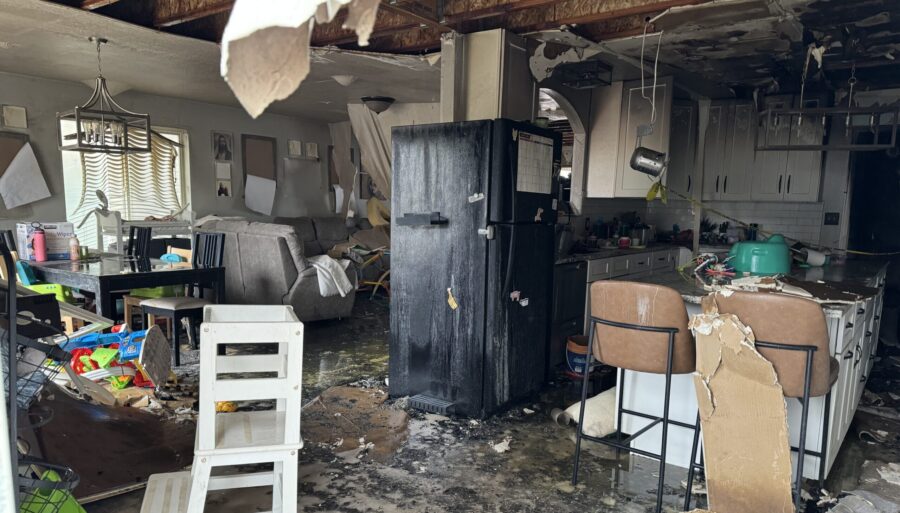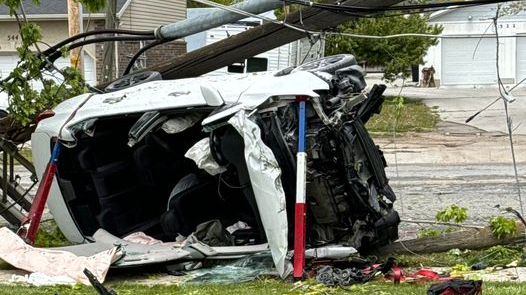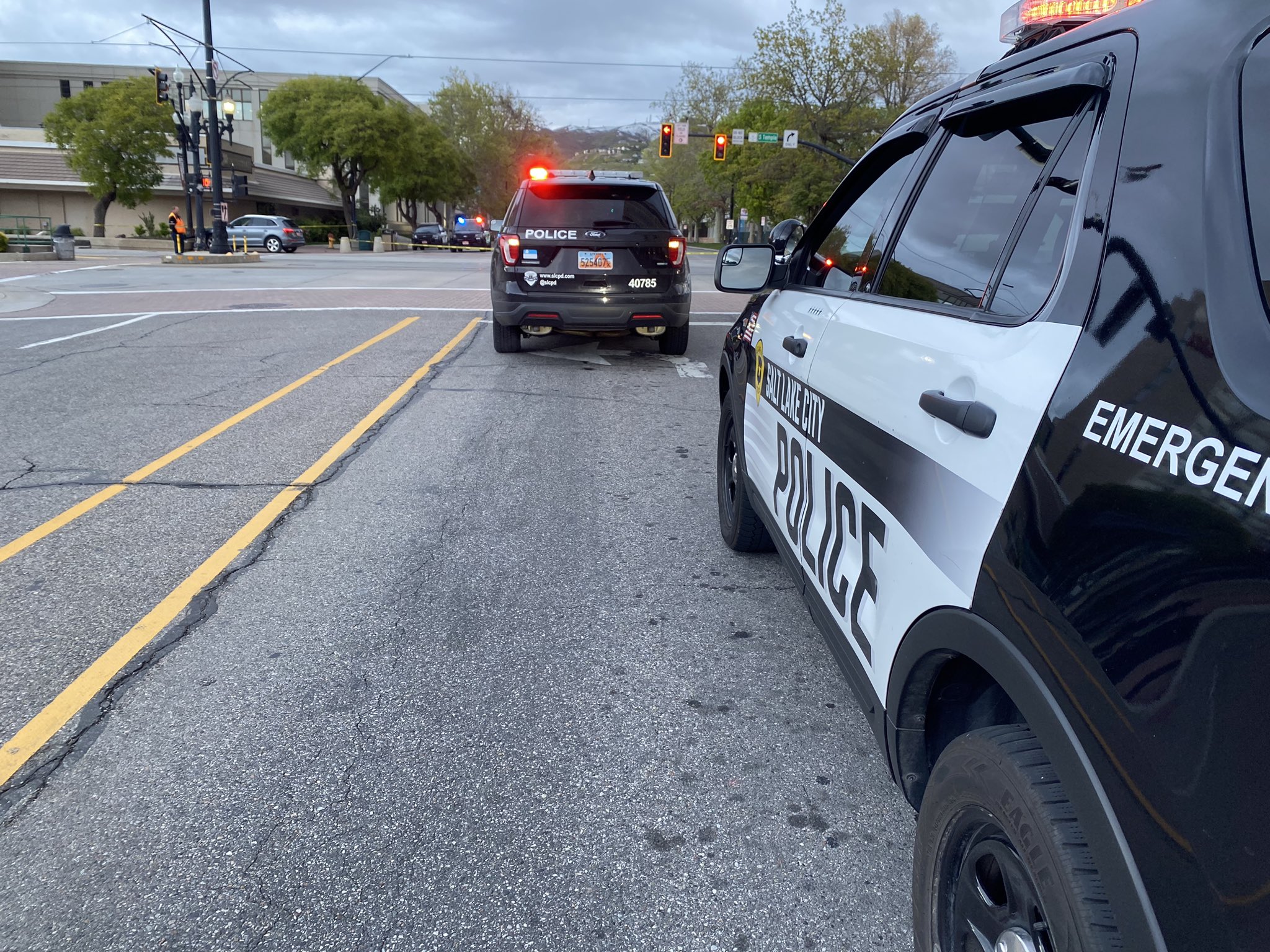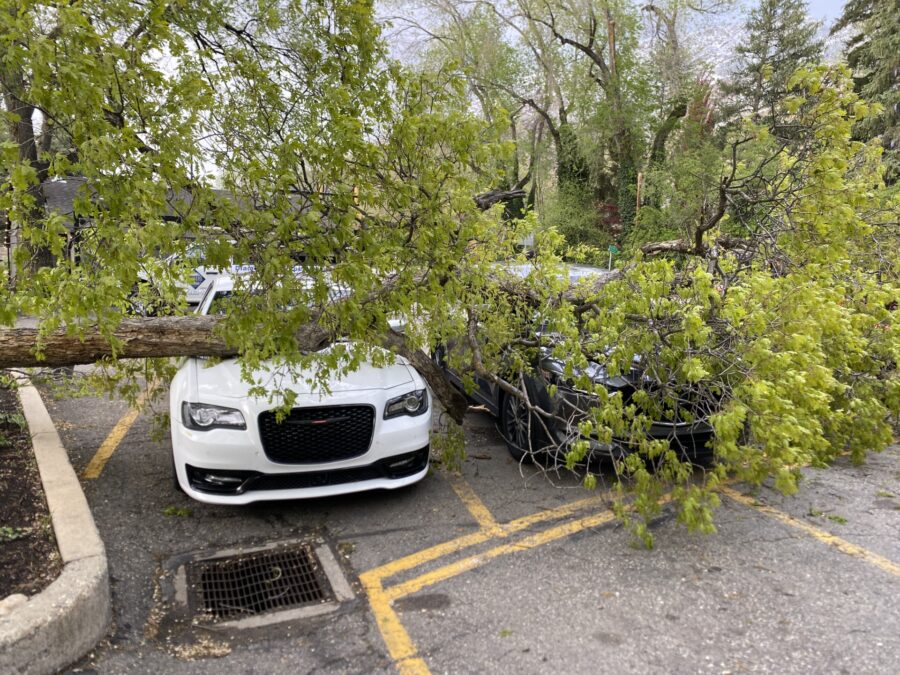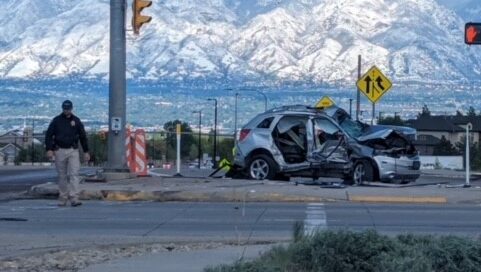UHP gives advice for avoiding wrong-way drivers
Mar 21, 2024, 6:37 PM | Updated: Mar 26, 2024, 12:23 pm
SALT LAKE CITY — For 18 years, Lt. Chamberlin Neff has been a trooper for the Utah Highway Patrol, responding to dozens of wrong-way crashes.
“I’ve been on scene where troopers have taken on wrong-way vehicles, they’ve been incredibly fortunate to walk away from those, so brave,” Neff said.
On Thursday, he responded to his second deadly wrong-way crash in 2024 when a white Chevy Silverado entered Interstate 15 going the wrong way and crashed into a bus in the HOV lane full of Utah State University ROTC cadets.
The wrong-way driver, a 46-year-old man from Riverton, was killed.
“Those are traumatic mental images, to be descriptive, watching a first responder perform CPR on the side of the road, those are some of the things that very much stay with you if you’re involved in something like that,” Neff said.
DASH CAM RELEASED: Watch the moment a UHP trooper encounters the wrong-way driver who crashed into a bus Thursday morning.
One man was killed in the collision.
READ MORE: https://t.co/WCU3BGkfoI pic.twitter.com/ONzQDpQA0B
— KSL 5 TV (@KSL5TV) March 21, 2024
In Utah this year, there have already been five deadly wrong-way crashes. Last year, there were a total of six. While investigators try to determine what caused Thursday’s driver to get onto I-15 going the wrong way, Neff said most wrong-way drivers are impaired by drugs or alcohol.
“They’re just completely obviously to any hazard or to that they’re doing anything wrong,” he said.
Neff said drivers can take simple steps to protect themselves against wrong-way drivers. First, put away distractions in the vehicle, like a cell phone. Next, look beyond the car in front of you and increase your following distance.
“You’re looking beyond the vehicles in front of you, you’re anticipating potential hazards that could be coming,” he said.
Neff said drivers should also try to position themselves in the gaps of the cars driving alongside them. If a wrong-way driver is coming head-on and there are only seconds to react, Neff said the best choice will be to swerve into that gap.
“If you have to side impact a vehicle, you have just play worst-case scenario,” he said.
UDOT using detection and alert system to prevent wrong-way driver crashes
According to Neff, wrong-way drivers tend to drive in the HOV or the far left No. 1 lane, often referred to as the fast lane. He recommends that drivers avoid driving in those lanes as much as possible, especially in the evenings and early morning hours, when wrong-way crashes tend to occur.
If you see a warning from the Utah Department of Transportation of a wrong-way driver on the freeway, Neff said to move over quickly and get off the highway if possible.
“Go as far right as you possibly can, that person that is typically impaired is going to be traveling on the left side of the road,” he said.
As UHP and UDOT work to find solutions to this troubling trend of wrong-way drivers, Neff shared a message for those taking the risk of getting behind the wheel impaired; he says they ultimately hold the key to stopping this deadly trend.
“It’s not worth it, you are killing yourself and your family is going to be impacted, your loved ones are going to be impacted, and not just your family but the family of the victim you’ve impacted.”



